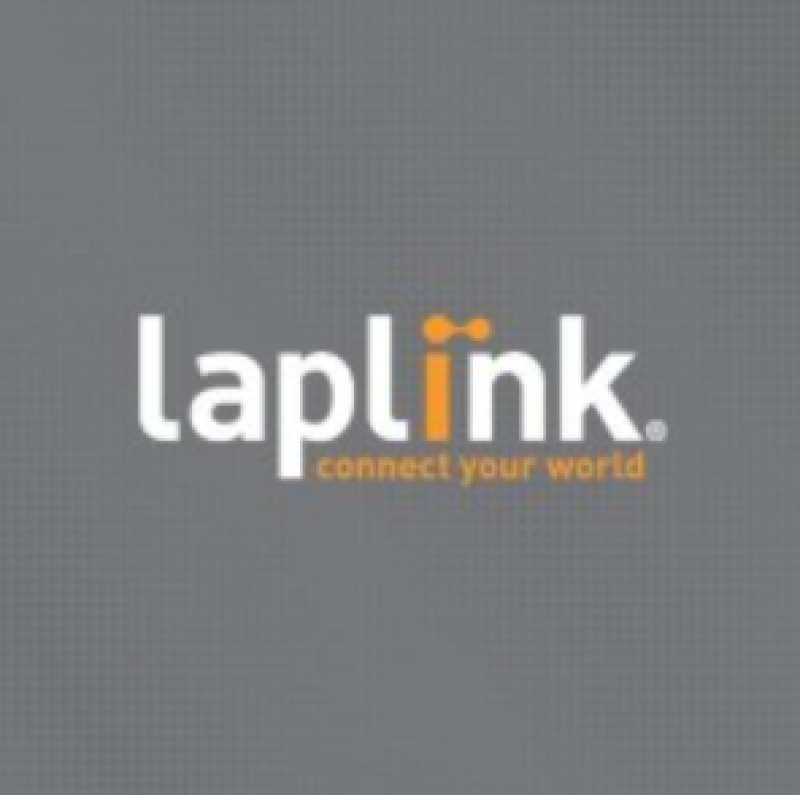
Key Features to Look for in Migration Software for Small Businesses

Introduction
For small businesses, staying competitive often means embracing change, whether it involves upgrading systems, moving to the cloud, or transferring data to new platforms. However, data migrations can be daunting, with risks of downtime, data loss, and technical glitches looming large. This is where migration software comes to the rescue, streamlining the process and ensuring a smooth transition.
Choosing the right migration software is critical to avoid headaches and ensure success. In this blog, we’ll explore the key features small businesses should look for when selecting migration tools to ensure seamless, secure, and efficient transitions.
1. Understanding Migration Software
What is Migration Software?
Migration software is designed to automate and simplify the process of moving data, applications, or systems from one environment to another. This includes cloud migration, website migration, and data migration between platforms or devices.
Why Small Businesses Need It
For small businesses, migration software offers numerous benefits:
-
Time Savings: Automates complex processes, reducing manual effort.
-
Cost Efficiency: Prevents costly errors and minimizes downtime.
-
Risk Mitigation: Ensures data integrity and security during transitions.
2. Key Features to Look for in Migration Software
A. User-Friendly Interface
Small businesses often lack dedicated IT teams, making usability crucial. A migration tool with a simple, intuitive interface ensures that even non-technical users can execute migrations with ease.
-
Look for: Drag-and-drop interfaces, guided workflows, and clear instructions.
-
Why it matters: Reduces learning curves and accelerates implementation.
B. Scalability
As businesses grow, so do their data and system requirements. Scalability ensures the software can handle increasing workloads without requiring frequent upgrades or replacements.
-
Look for: Tools capable of managing large datasets or supporting additional users without performance issues.
-
Why it matters: Future-proofs your investment.
C. Data Security
Data breaches can be catastrophic for small businesses. Migration software must prioritize security to protect sensitive information during transfers.
-
Look for: Features like encryption, multi-factor authentication, and compliance with regulations like GDPR or HIPAA.
-
Why it matters: Safeguards business and customer trust.
D. Automation Capabilities
Automation minimizes manual intervention, reducing errors and saving time. Key automation features can handle repetitive tasks, making the migration process more efficient.
-
Look for: Scheduled migrations, automated backups, and real-time progress tracking.
-
Why it matters: Enhances reliability and reduces human error.
E. Compatibility and Integration
Migration software should seamlessly integrate with existing systems and support a wide range of platforms, file formats, and cloud services.
-
Look for: Compatibility with popular databases, operating systems, and cloud providers.
-
Why it matters: Avoids compatibility issues and additional costs for integration.
F. Support and Documentation
Reliable customer support can be a lifesaver when things don’t go as planned. Comprehensive documentation and resources also empower users to troubleshoot independently.
-
Look for: 24/7 customer support, knowledge bases, and community forums.
-
Why it matters: Ensures you’re never left stranded during critical migrations.
G. Cost-Effectiveness
Small businesses often operate on tight budgets. The software’s pricing should align with its features and provide value for money.
-
Look for: Flexible pricing models (e.g., pay-per-use, subscriptions) and transparent cost structures.
-
Why it matters: Balances affordability with functionality.
3. How to Evaluate Migration Software
Define Your Business Needs
Start by assessing your business requirements:
-
Volume of data to migrate.
-
Type of migration (e.g., cloud, database, website).
-
Essential features like automation or security.
Request Demos or Free Trials
Testing software before committing can reveal its usability and compatibility with your systems.
Check Reviews and Ratings
Look for user reviews on trusted platforms to gauge real-world performance and reliability.
4. Popular Migration Software for Small Businesses
Here are some migration tools that small businesses can explore:
-
Carbonite: Offers automated backups and data recovery with robust security features.
-
CloudEndure: Known for seamless cloud migrations with real-time replication.
-
Mover.io: Ideal for migrating files and data between cloud storage platforms.
-
EaseUS Todo PCTrans: A user-friendly tool for PC and application migrations.
-
AWS DataSync: Perfect for businesses moving data to Amazon Web Services.
Conclusion
Migration software is a game-changer for small businesses, enabling smooth transitions without the usual stress and risks. By focusing on features like user-friendliness, scalability, security, automation, and cost-effectiveness, businesses can ensure they’re making the right choice.
Ready to upgrade your systems or move to the cloud? Start by evaluating your needs and exploring the tools mentioned above to find the perfect fit for your business. A successful migration is just a few clicks away!
